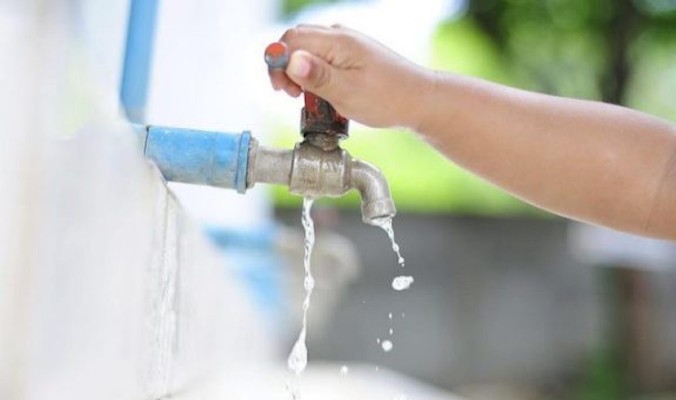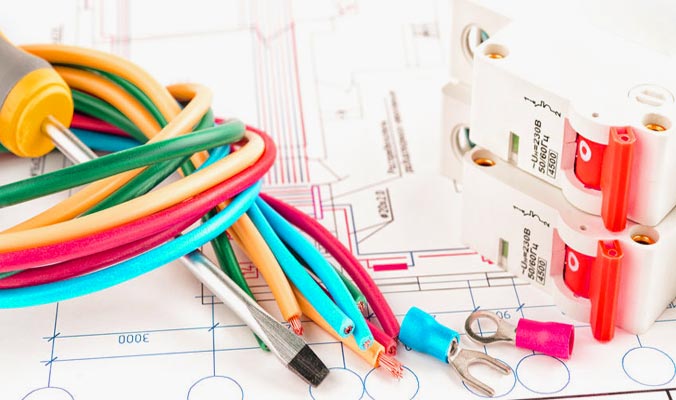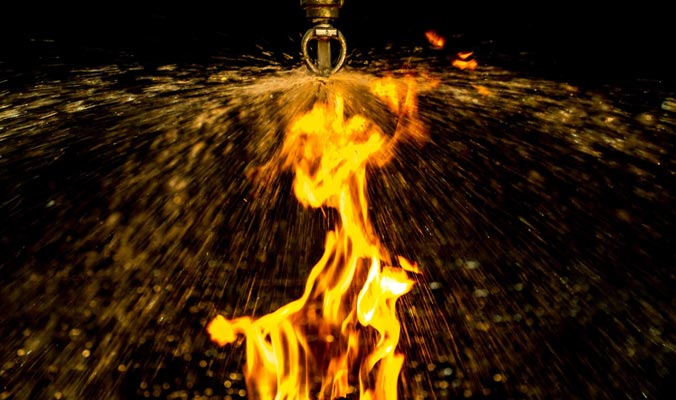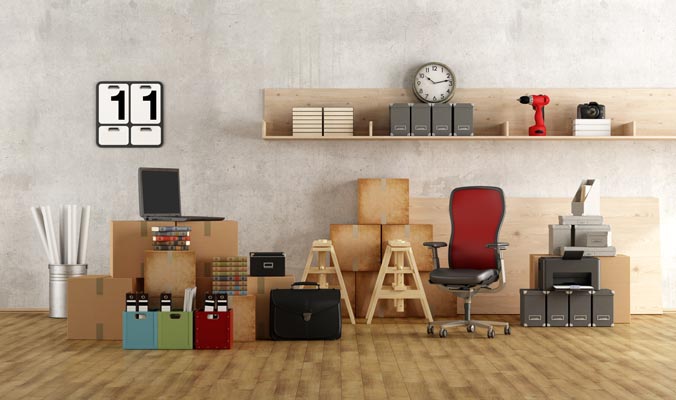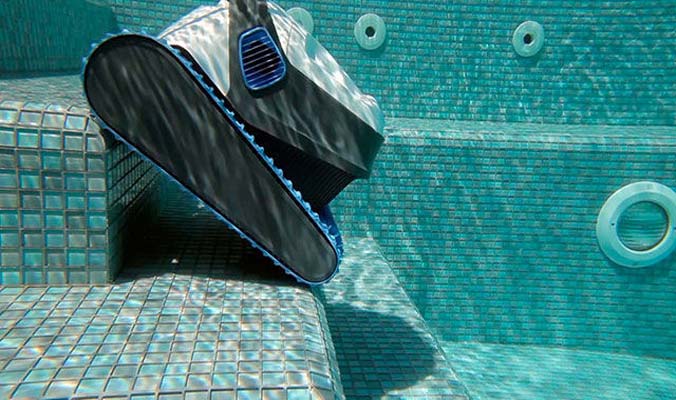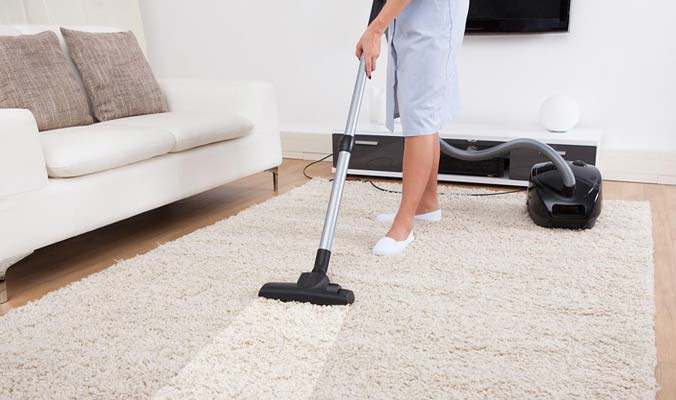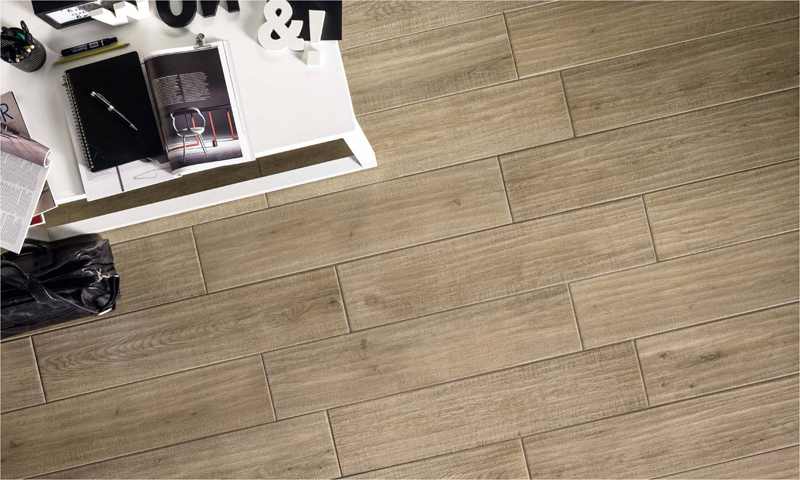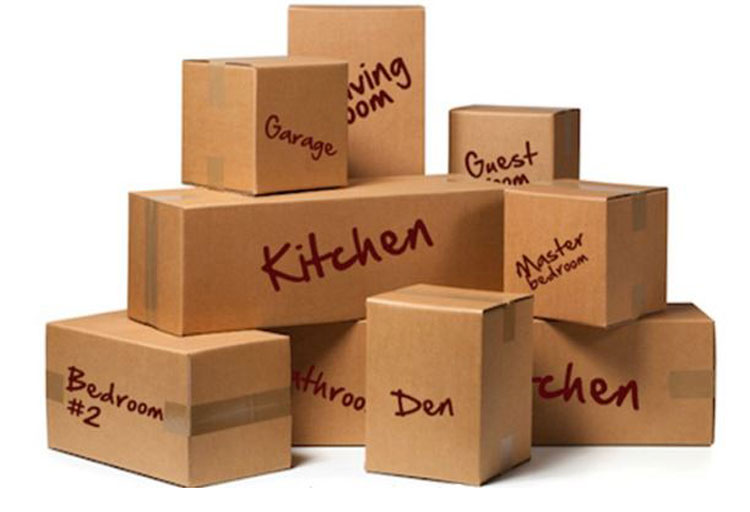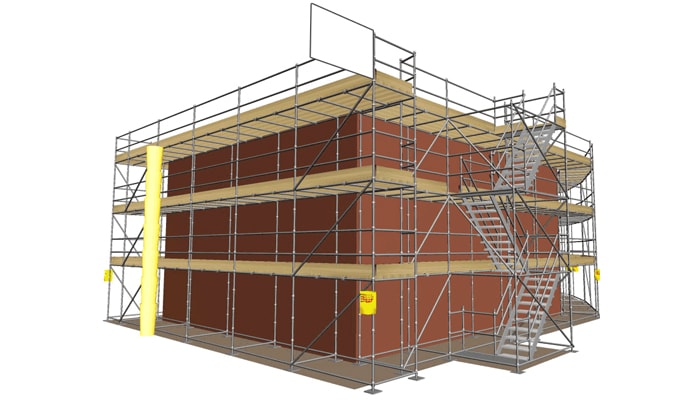In the face of changing climates and ever increasing populations across the world, water shortages are becoming more and more common. It’s therefore a good idea to get a plumber to pay attention to your plumbing system and its condition to ensure you’re not wasting water in your office building.
There are numerous things that you can do to conserve water at work. We certainly haven’t covered all of them below, but we’ve put together a short list of our favourite actions. Good luck, and remember to speak with a professional plumber if you do run into problems.
- Stay on Top of Leaks
Most people don’t realise just how much water a leaky tap can waste. Unfortunately, even small leaks can waste litres of water per day, which is quite significant over the course of a year.
For example, let’s say that you have three slowly dripping taps in your office building. If each of them wastes 10 litres of water per day, you will be wasting more than 10,000 litres per year. Pretty significant, right?
- Use Low-Flow Faucets
In the modern world, many taps and faucets come equipped with low-flow settings to reduce the amount of water you use. However, if your office building contains old plumbing systems, you might not be benefiting from these.
It’s therefore worth speaking to your plumber and asking them if it’s possible to restrict your water flow somehow. The chances are that, if you’re just using your taps to wash hands and fill the kettle from time to time, you won’t even notice a slightly lower flow.
